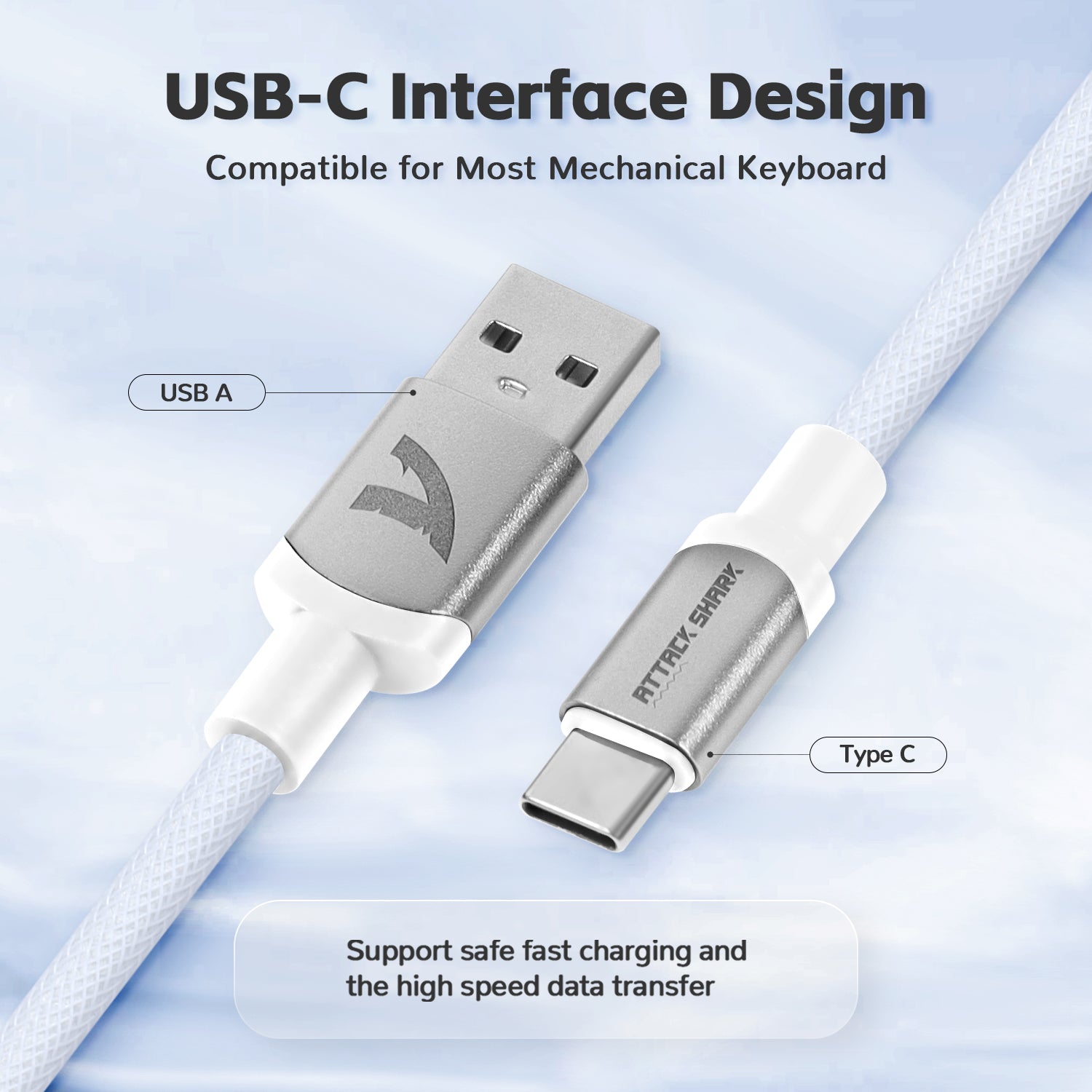Mechanical keyboards have gained immense popularity among gamers, typists, and tech enthusiasts alike. But what exactly are the mechanical keyboard parts that contribute to their unique feel and performance? In this article, we will delve into the essential components of a mechanical keyboard, providing you with a comprehensive understanding of how each part functions.

Key Switches: The Heart of Mechanical Keyboards
At the core of every mechanical keyboard are the key switches. These switches determine the tactile feedback, actuation force, and overall typing experience. There are several types of key switches, including:
- Linear switches: Smooth and consistent keystrokes without tactile feedback.
- Tactile switches: Provide a noticeable bump at the actuation point, ideal for typists.
- Clicky switches: Offer both tactile feedback and an audible click, popular among those who enjoy a more pronounced typing experience.
Choosing the right switch can significantly affect your typing comfort and efficiency. Have you considered what type of switch best suits your needs?
Keycaps: The Interface Between You and the Keyboard
The keycaps are the visible part of the keyboard that you interact with. They come in various shapes, sizes, and materials, which can influence both aesthetics and functionality. Common materials include:
- ABS (Acrylonitrile Butadiene Styrene): Lightweight and affordable, but prone to wear over time.
- PBT (Polybutylene Terephthalate): More durable and resistant to shine, making it a preferred choice for many enthusiasts.
Additionally, keycap profiles, such as SA, DSA, or Cherry, can affect the feel and ergonomics of your keyboard. When selecting keycaps, consider both their appearance and how they will impact your typing experience.
PCB and Backlighting: The Technical Backbone
The PCB (Printed Circuit Board) is the foundation of a mechanical keyboard, connecting all the switches and allowing them to communicate with your computer. A well-designed PCB can enhance the keyboard's performance and durability. Furthermore, many modern mechanical keyboards feature customizable backlighting, which not only adds visual appeal but also improves usability in low-light conditions.
"A good PCB can make all the difference in the responsiveness and longevity of your keyboard." - Tech Review
Stabilizers: Ensuring Smooth Operation
For larger keys such as the spacebar, enter, and shift, stabilizers are crucial. They prevent wobbling and ensure that the key presses are smooth and consistent. There are different types of stabilizers, including clip-in and screw-in options, each offering varying levels of stability and ease of installation.
Understanding these mechanical keyboard parts can help you make informed decisions when purchasing or customizing your keyboard. Whether you are a gamer seeking precision or a typist looking for comfort, knowing the components will enhance your overall experience.
Conclusion: Crafting Your Ideal Mechanical Keyboard
In conclusion, the world of mechanical keyboards is rich and diverse, with each component playing a vital role in the overall performance. By familiarizing yourself with the mechanical keyboard parts, you can tailor your keyboard to meet your specific needs. For those interested in exploring various options, consider checking out the latest mechanical keyboards available on the market.

For a deeper dive into mechanical keyboards, watch this informative video guide that covers everything from switches to customization.







